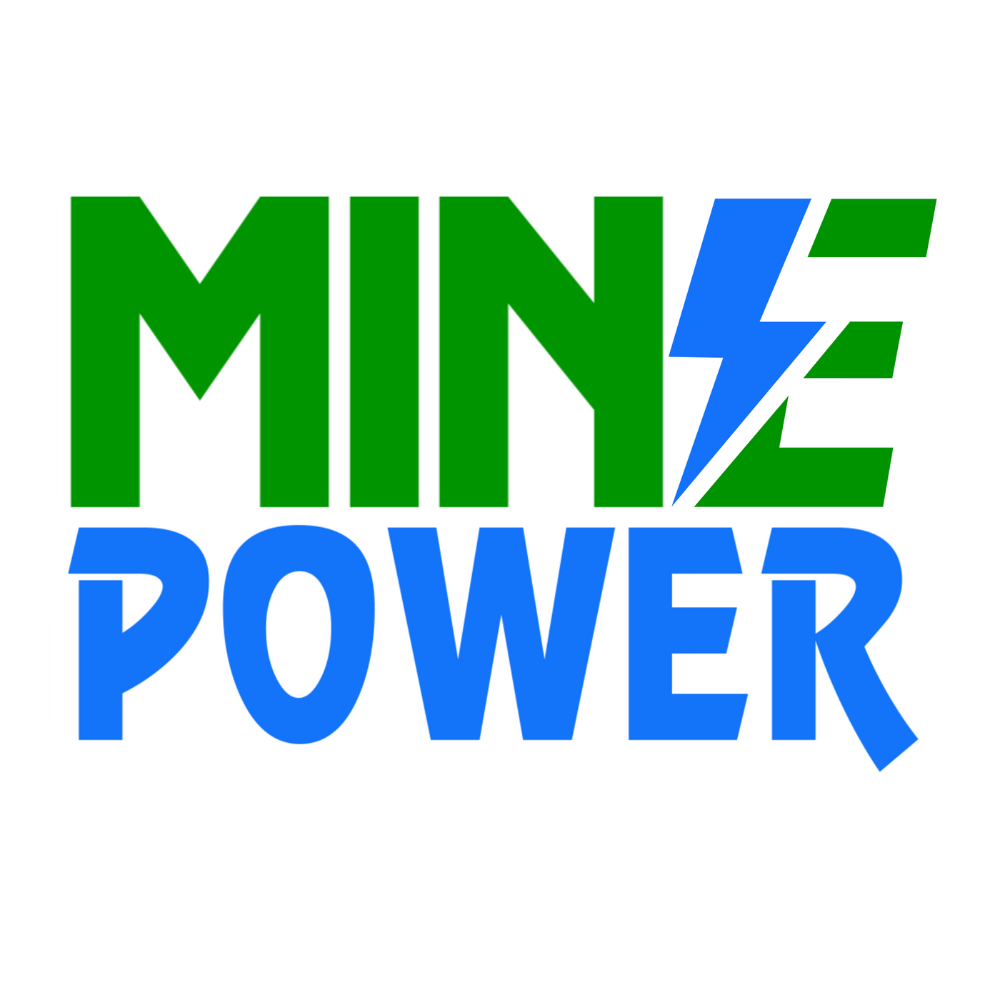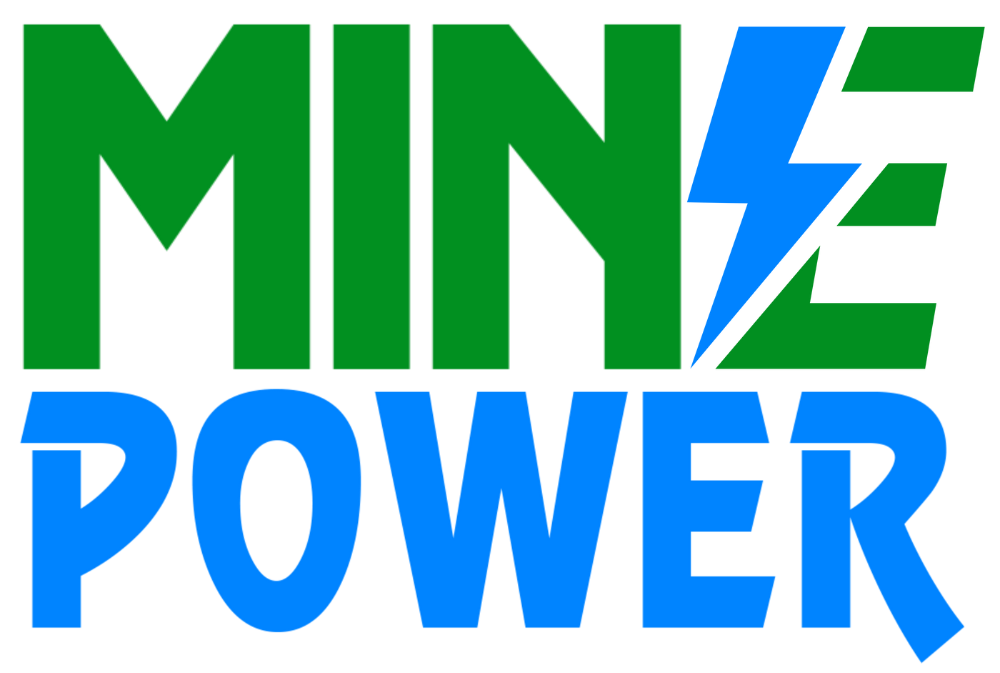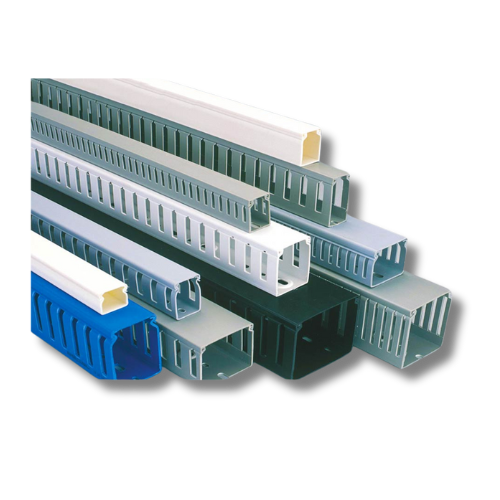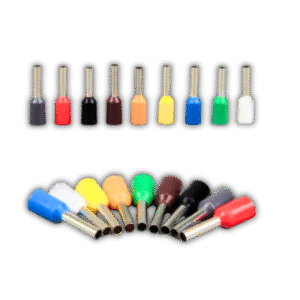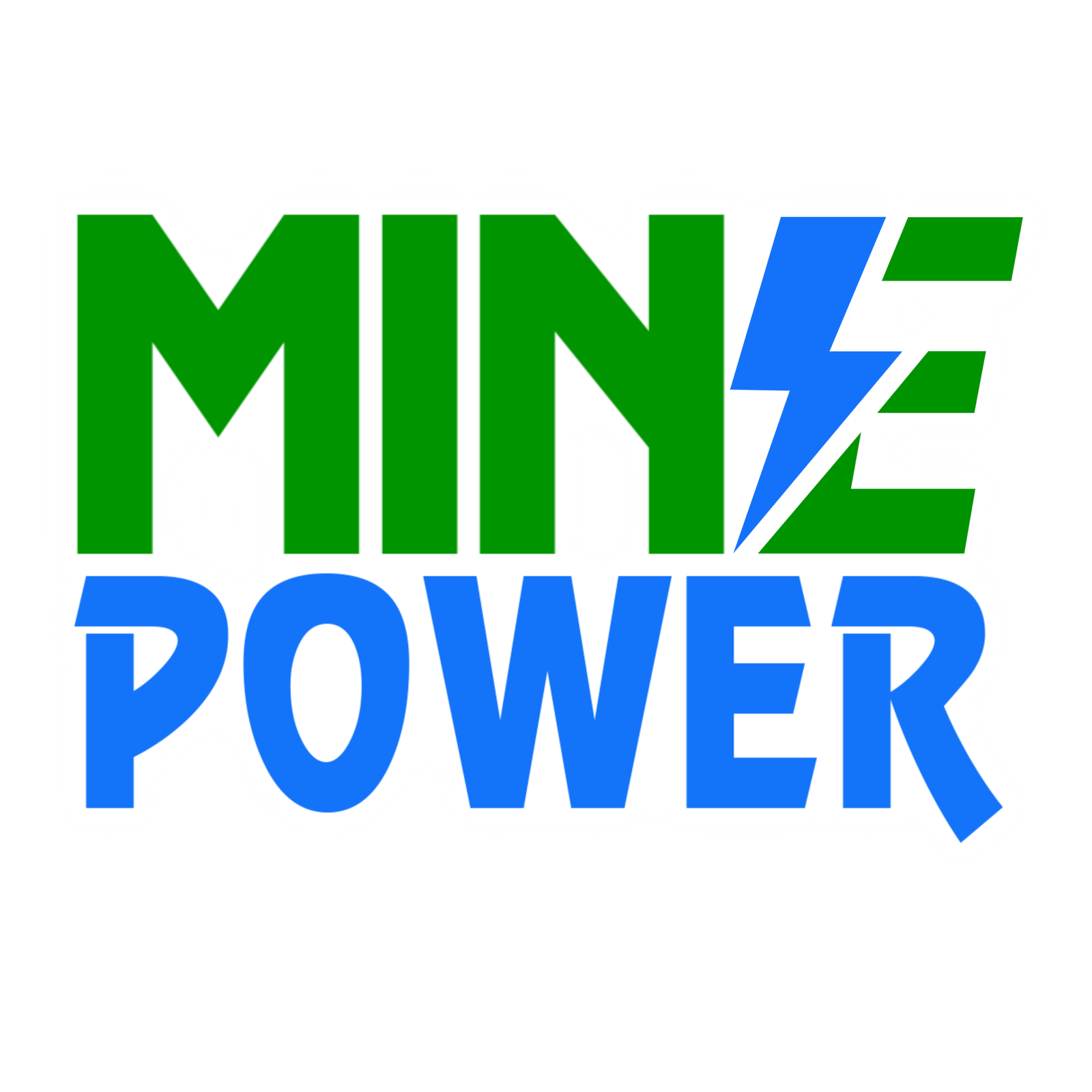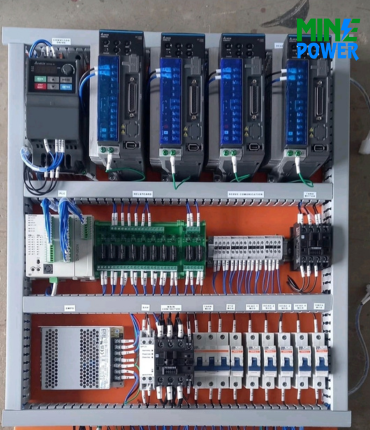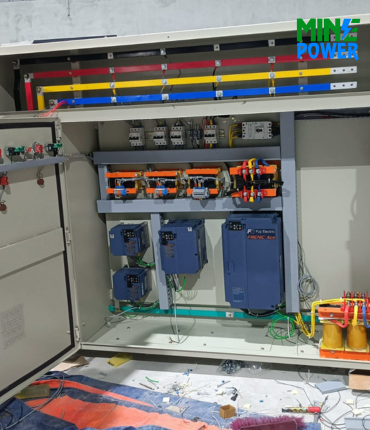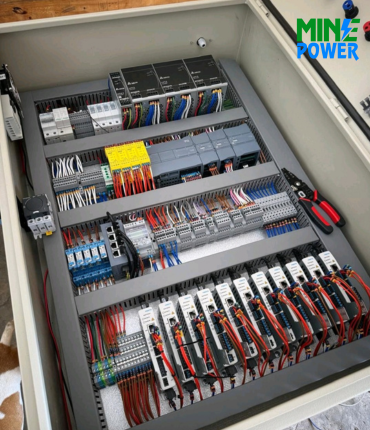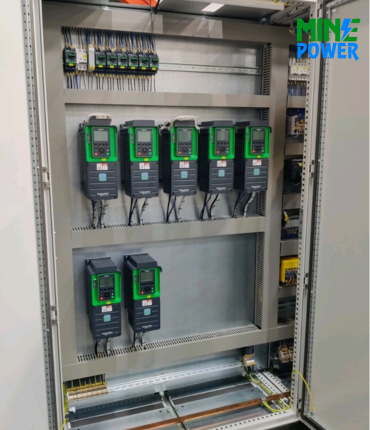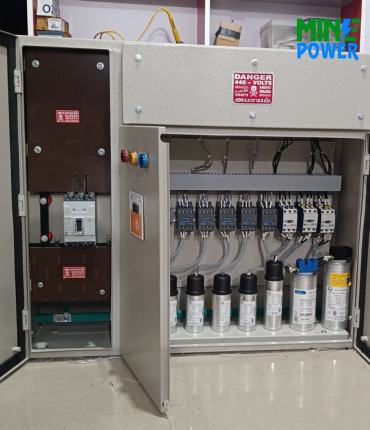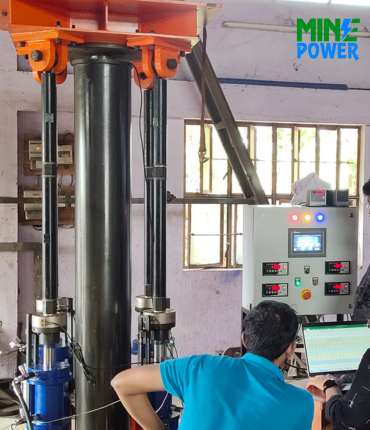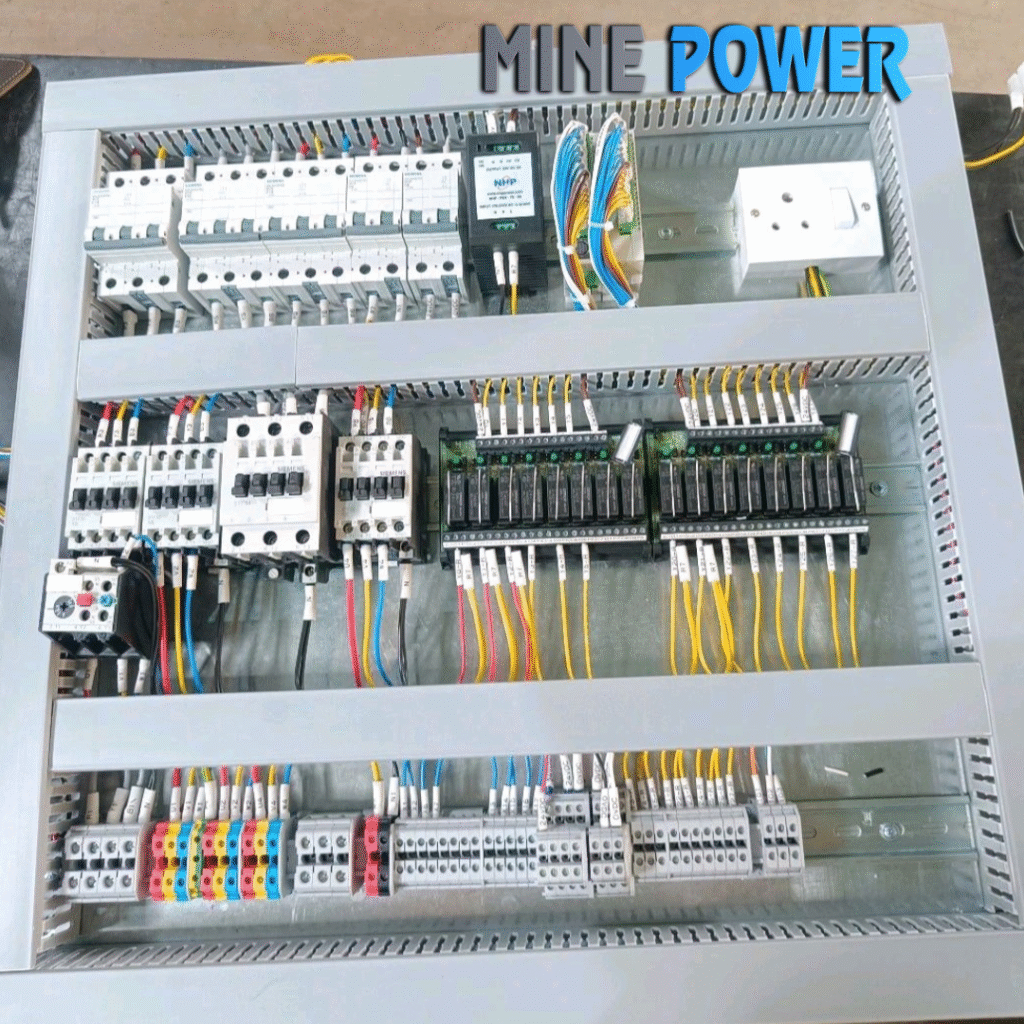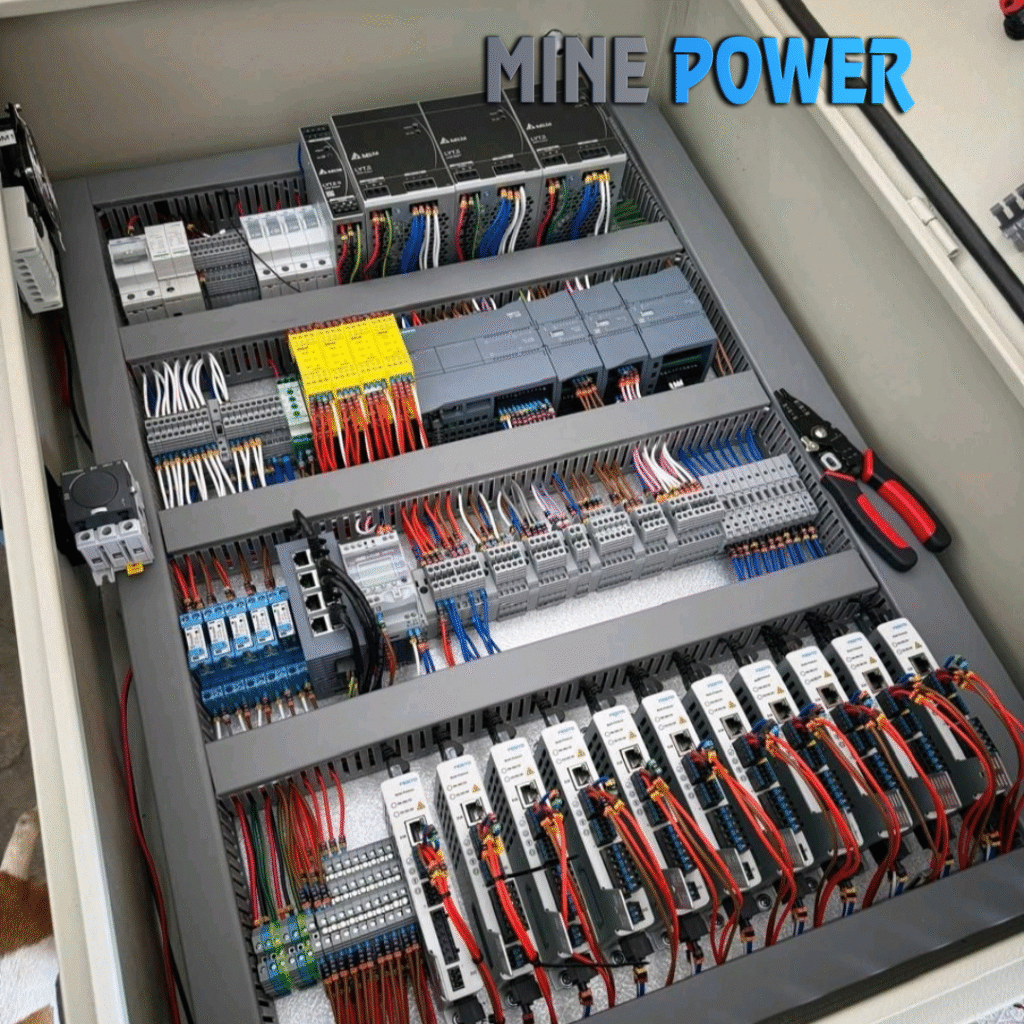Ducts provide safe and organized routing for electrical cables and airflow systems. Available in PVC, metal, and flexible designs, they are ideal for residential, commercial, and industrial applications.
Description
DIN Rails: DIN rails are metal rails, often used in electrical panels, that serve as a mounting surface for various electrical components like circuit breakers, relays, and terminal blocks. They provide a standardized way to organize and secure these components.
Ducts are protective channels designed to route, organize, and safeguard electrical cables, communication wires, and airflow systems. They ensure safety, reduce clutter, and provide easy maintenance access in residential, commercial, and industrial environments. Available in various materials such as PVC, GI (Galvanized Iron), and aluminum, ducts are widely used for wiring management, HVAC systems, and industrial installations.
Key Features
-
Available in PVC, metal (GI/steel/aluminum), and flexible variants
-
Fire-retardant and impact-resistant materials
-
Smooth interior for easy cable pulling
-
Multiple sizes and shapes (rectangular, round, slotted, perforated)
-
Easy installation with snap-fit covers or screw mounting
-
Corrosion- and moisture-resistant
-
Provides neat and organized cabling or air distribution
-
Compatible with accessories (bends, elbows, couplers, tees)
Applications
-
Electrical wiring management in buildings
-
Data centers and telecommunication cable routing
-
HVAC (Heating, Ventilation & Air Conditioning) air distribution
-
Industrial automation and machine cabling
-
Residential and commercial electrical systems
-
Concealed and surface-mounted cable protection
-
Renewable energy systems (solar/wind wiring)
Specifications
-
Material: PVC, GI (Galvanized Iron), Stainless Steel, Aluminum
-
Types: Electrical cable ducts, slotted ducts, trunking ducts, flexible ducts, HVAC air ducts
-
Sizes: Wide range (20x20mm to 600x600mm or customized)
-
Temperature Range: -20°C to +80°C (PVC) / higher for metal ducts
-
Standards Compliance: IEC, ISI, UL, CE (depending on type)
-
Color Options: White, Grey, Black, Silver (custom available)
Advantages
-
Ensures safety by preventing exposed wires
-
Protects cables from dust, moisture, and damage
-
Enhances aesthetics by hiding wiring
-
Easy to expand or modify electrical systems
-
Available in cost-effective PVC and heavy-duty metal options
-
Reduces overheating by proper ventilation
Disadvantages
-
PVC ducts have lower heat resistance compared to metal
-
Metal ducts are heavier and more expensive
-
Requires skilled installation for complex layouts
-
Regular inspection needed in harsh environments
